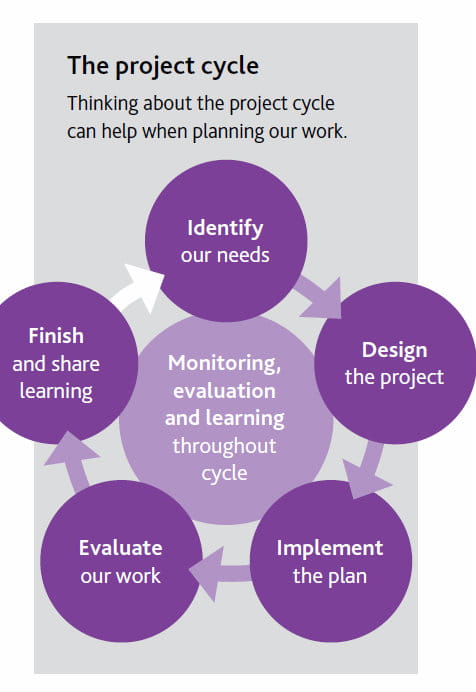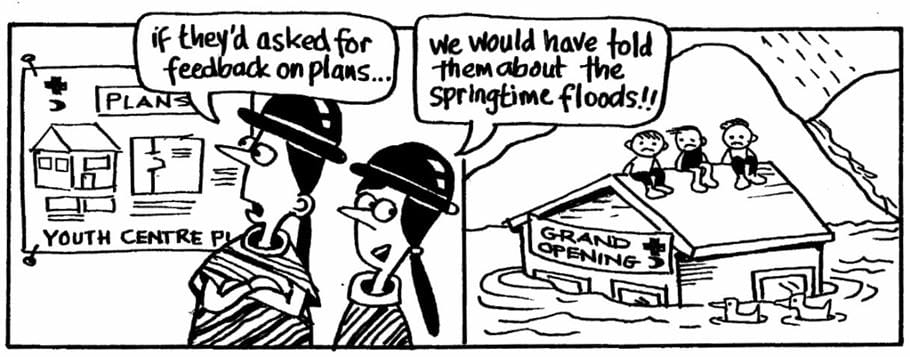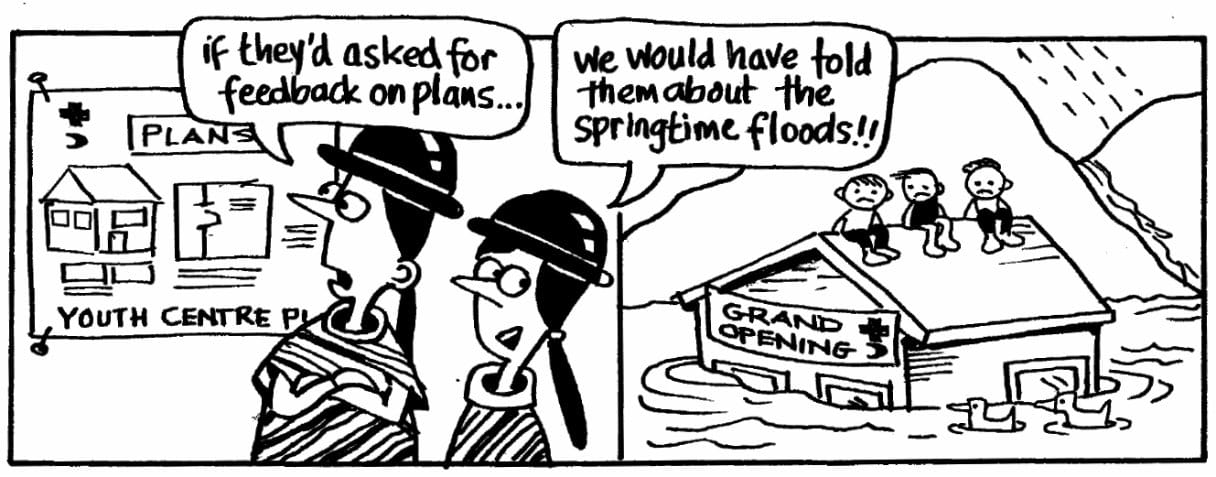How do we change things for the better? At some point we have probably all asked ourselves that question. We want to see communities and individuals transformed and flourishing. But how can we help bring this about? What will it look like? And how can we assess whether or not we are making progress towards this goal?
Below are some of the things that can help us bring about real and positive change.
Understanding the need
We may think we have identified a need in the community we are living or working in. For example, we may notice that children are not attending school. We may think that more teachers or better school facilities would make a difference. But perhaps the lack of these things is not the main reason behind the problem. It may be that children are falling sick because of a lack of clean water, and so are absent from school. Or perhaps families have no money to send their children to school because their crops are failing.
By spending time talking with community members about their situation, we can understand what is really at the root of the problem. We can also find out what they see as their most urgent needs.
Community participation
Many development projects have failed because the community was not involved in them. To bring about positive change that will last, it is important to include the community at every stage of the process.
As well as identifying their needs, it is important for community members to think about their own capacities and resources to address the problems they face. They may contribute the labour or resources needed, for example. Community members should also be involved in planning the project, and in monitoring and reviewing progress. It is vital to encourage their honest feedback throughout. We need to treat community members with dignity and be accountable to them for the work we do.
Planning well
Once we know what needs to be changed, it can be tempting to rush ahead and start work. However, we need to take time to think about how exactly to bring about the changes we want to see. Change is always messy and complicated, but good planning means we are likely to experience fewer problems.
There are many guides available to help with the details of designing a project (see Resources page for details of ROOTS 5: Project cycle management).
We should consider who will be affected by our project, and who could influence it – we may need to gain their participation or support. We also need to think about any risks that the project may involve and how we can minimise these.
Of course, a project will usually cost money – and so we need to work out a budget. Monitoring whether a project is on track financially is essential for its success and for being accountable with our funds.











